The animal kingdom isn’t all fluffy kittens and majestic lions. Some creatures are armed with stings so potent, they make even seasoned adventurers think twice. From tiny insects to fearsome marine life, these creatures have evolved to deliver venomous blows that are as fascinating as they are dangerous. Let’s explore 15 animals with deadly stings you definitely don’t want to cross paths with.
1. Box Jellyfish: The Ocean’s Invisible Assassin
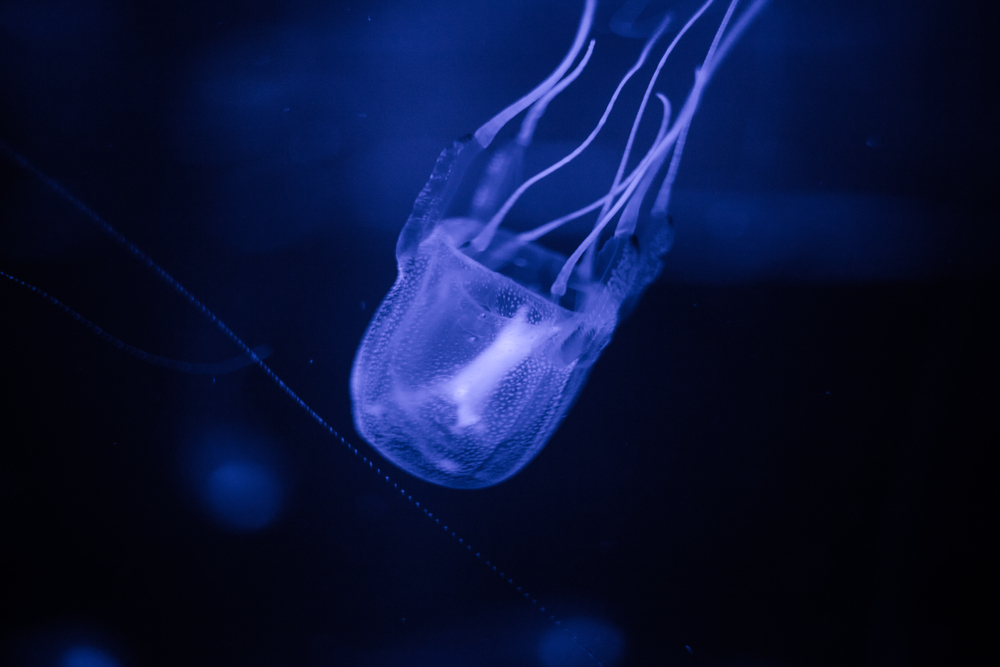
The box jellyfish doesn’t look like much—just a translucent blob floating serenely in the water. But its tentacles are loaded with venom so potent it can stop a human heart in minutes. Found in tropical oceans, especially around Australia, this creature’s sting is excruciating and often lethal. Its stealthy, near-invisible presence makes it one of the ocean’s most dangerous inhabitants.
2. Stonefish: A Stinging Master of Disguise
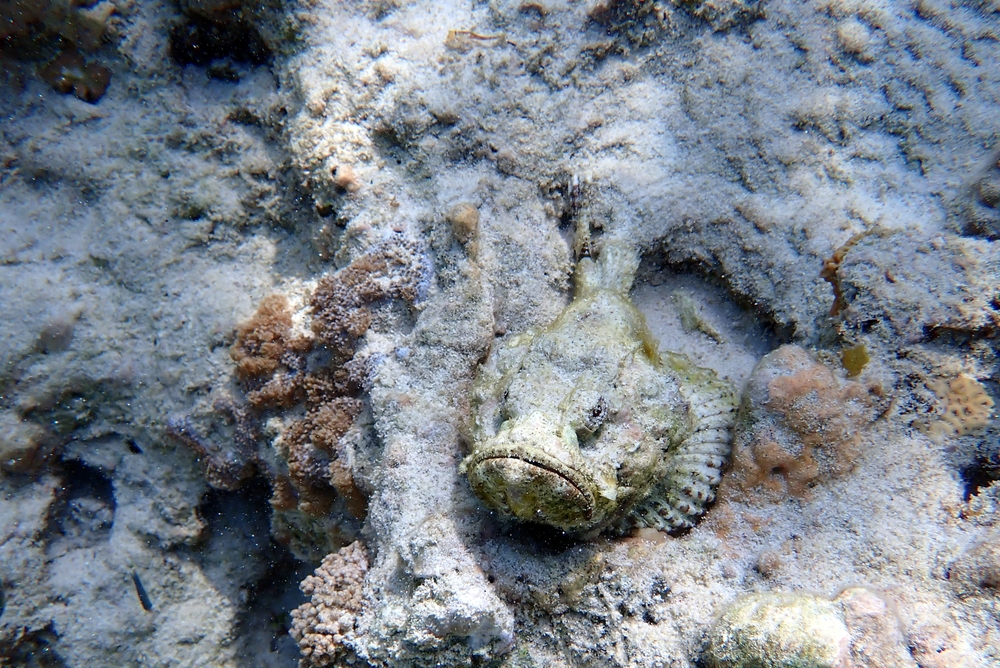
This venomous fish doesn’t just sting—it ambushes. The stonefish blends perfectly into the seafloor, lying in wait for prey (or an unlucky foot) to come too close. Its venomous spines can deliver a sting that causes excruciating pain, tissue damage, and sometimes even death. Stepping on one might just be the worst beach surprise imaginable.
3. Scorpions: Masters of the Desert Sting
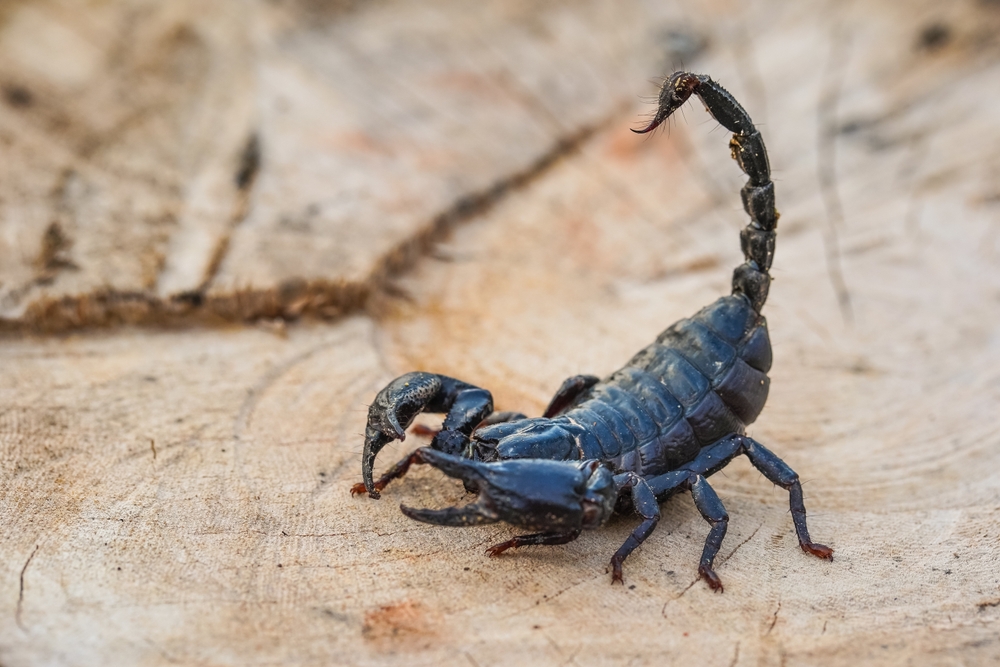
Not all scorpions are deadly, but some—like the bark scorpion—pack venom capable of paralyzing or even killing a person. Found in deserts and tropical regions, these creatures use their stings both for defense and hunting. Their iconic raised tails are a universal sign to keep your distance.
4. Tarantula Hawk Wasp: A Sting That Paralyzes Prey
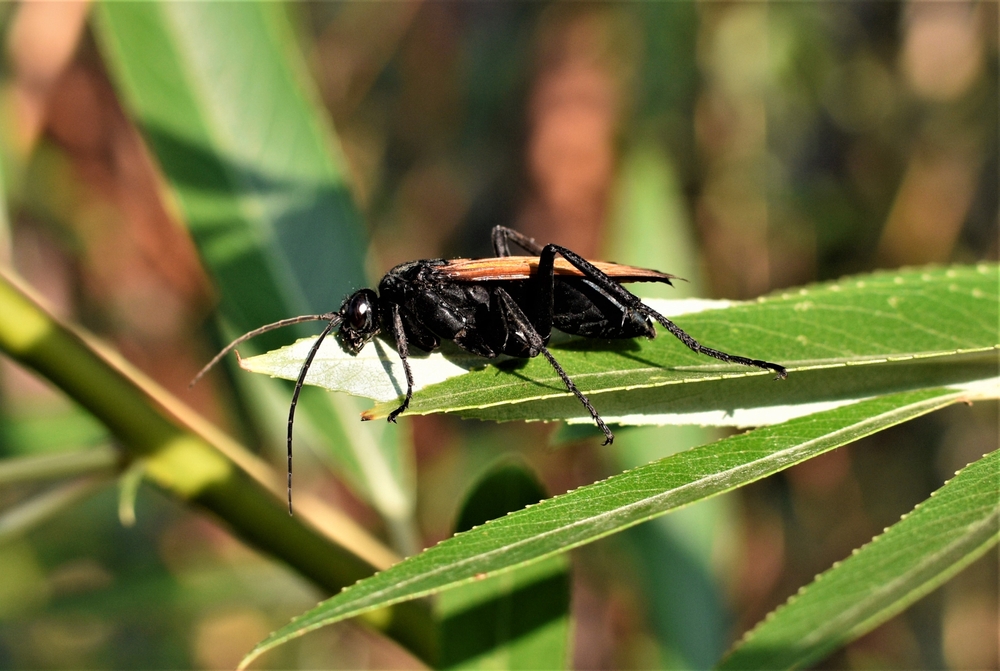
This wasp doesn’t sting humans often, but when it does, the pain is described as electrifying. It uses its sting to paralyze tarantulas, dragging them back to its nest as living food for its larvae. While the venom isn’t deadly to humans, the experience is one you’ll never forget—or want to repeat.
5. Irukandji Jellyfish: Tiny but Terrifying
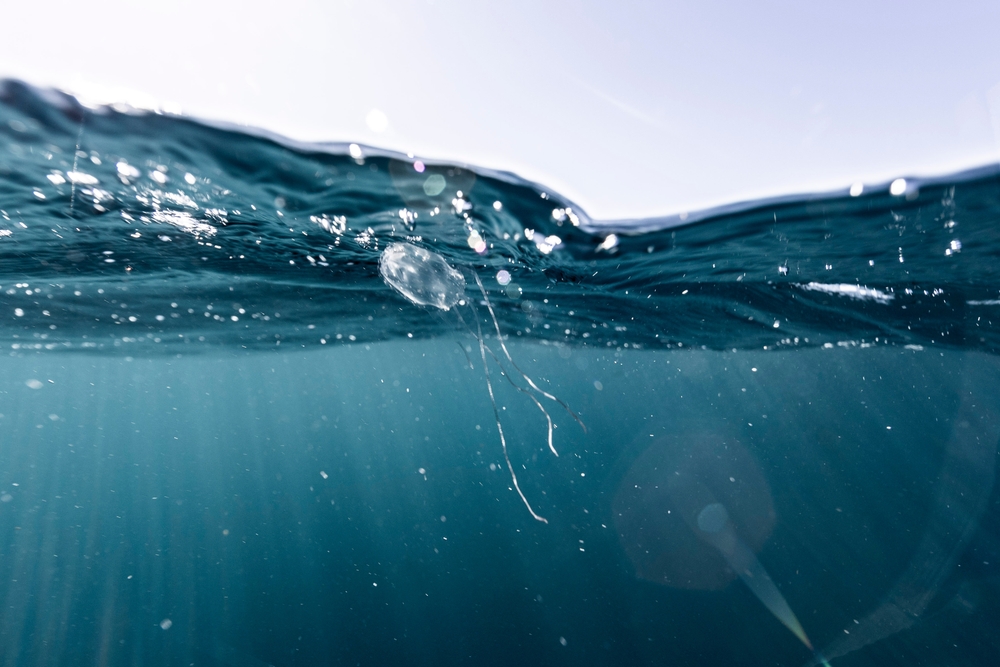
The Irukandji jellyfish is tiny—only about a cubic centimeter—but don’t let its size fool you. Its sting can cause “Irukandji syndrome,” a condition that leads to excruciating pain, vomiting, and even brain hemorrhaging. Found in Australian waters, this jellyfish proves that big threats can come in small packages.
6. Portuguese Man o’ War: A Floating Nightmare
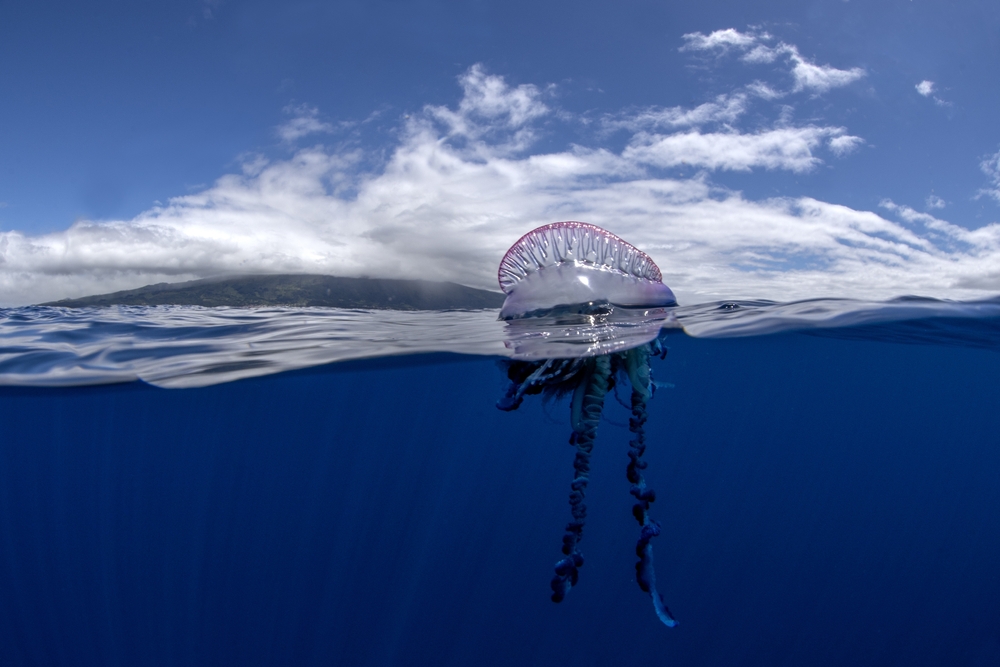
Often mistaken for a jellyfish, this colonial organism’s long tentacles are covered in venomous nematocysts. A sting can cause severe pain, welts, and, in rare cases, death. Floating on ocean currents, the Portuguese man o’ war is as beautiful as it is dangerous—an unsettling combination.
7. Bullet Ant: The Sting That Feels Like Being Shot
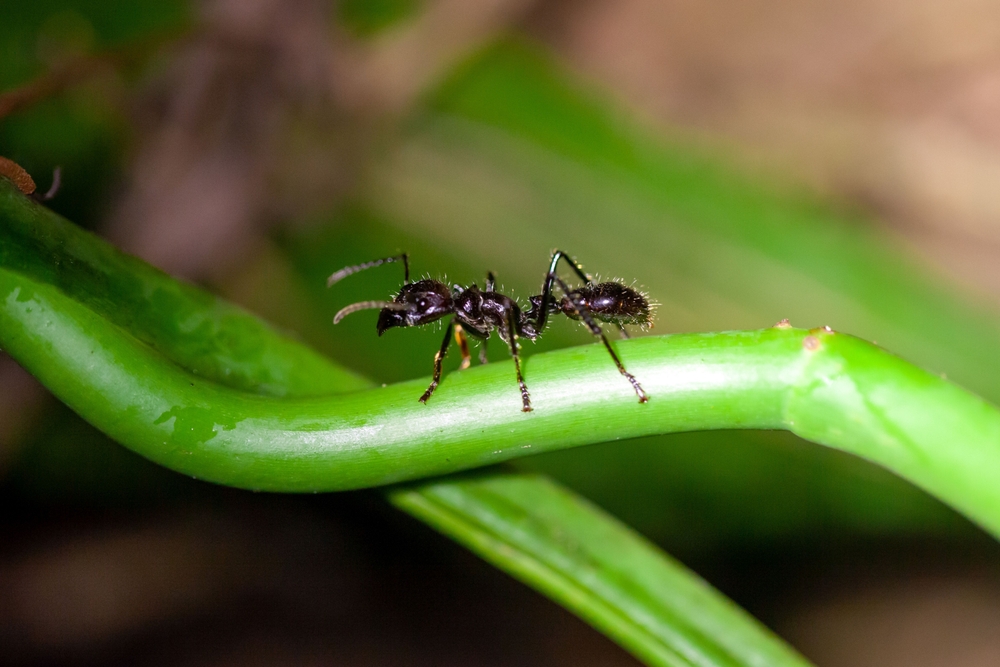
The bullet ant is infamous for delivering what’s considered the most painful sting in the insect world. Found in Central and South America, its sting feels like being shot and can cause waves of pain that last for 24 hours. Indigenous tribes even use these ants in coming-of-age rituals—talk about hardcore.
8. Cone Snail: The Deadly Dart Shooter
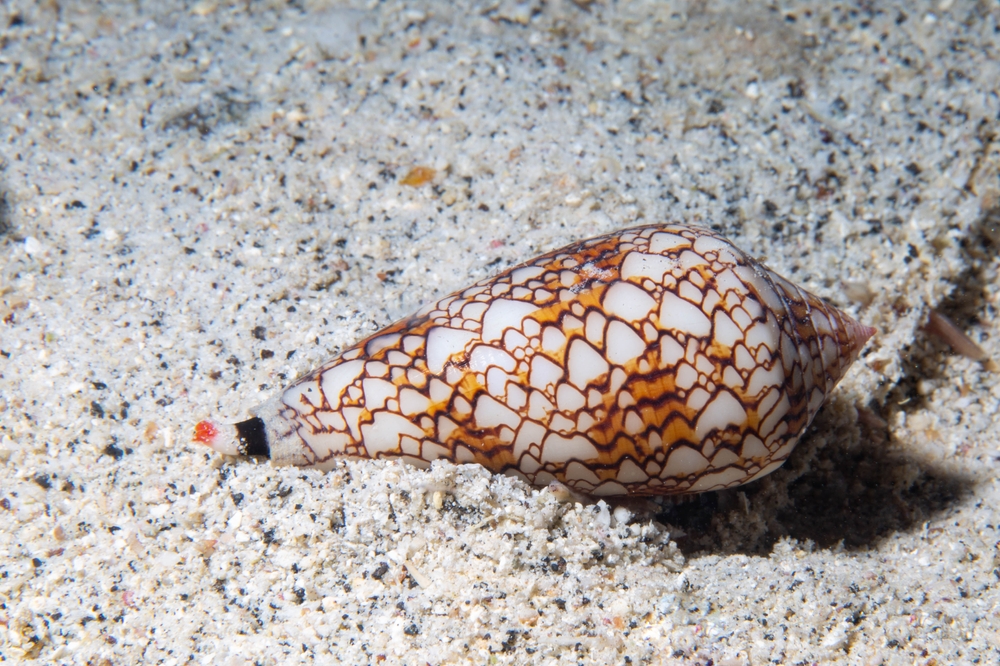
This unassuming sea snail hides a venomous surprise: a harpoon-like tooth that delivers a sting capable of paralyzing and killing fish—and sometimes humans. Found in warm, shallow waters, cone snails are deceptively pretty, but their venom is potent enough to earn them a spot on this list.
9. Sea Urchins: Spiky Trouble
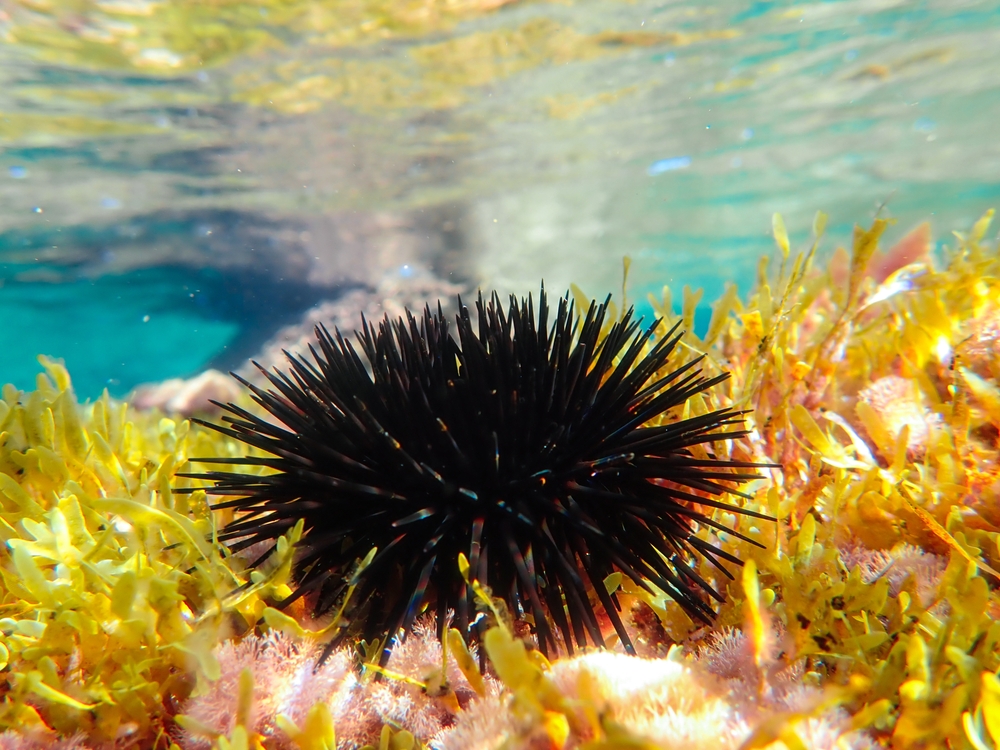
While not all sea urchins are venomous, some, like the flower urchin, can deliver stings that cause extreme pain, difficulty breathing, and even temporary paralysis. Their spines and venomous pedicellariae make them a hazard for divers and beachgoers alike. Tread carefully around these spiky marine creatures.
10. Lionfish: The Ornamental Predator
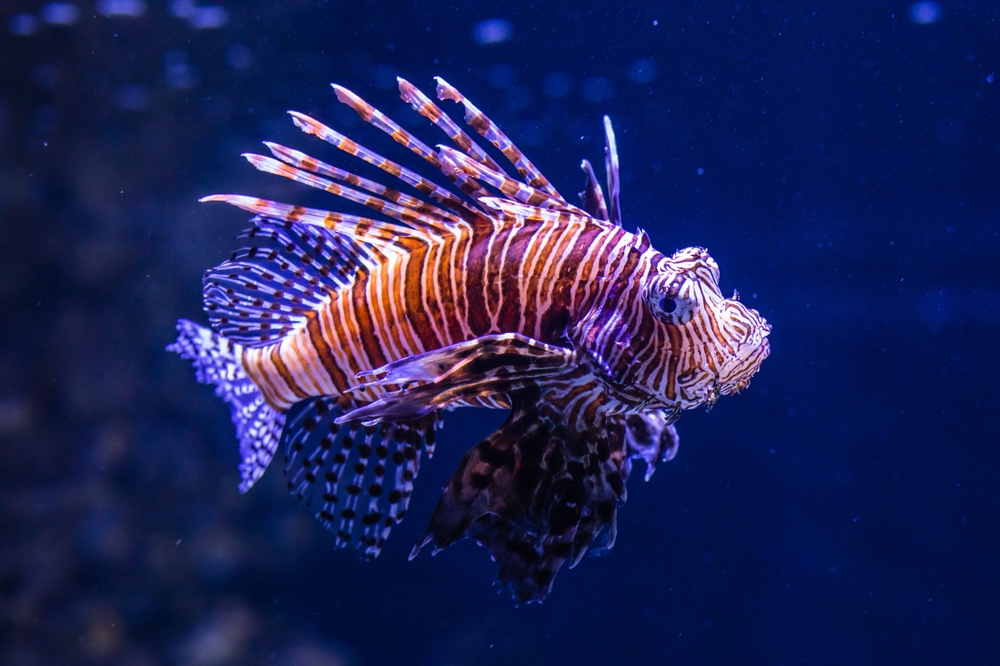
With its striking appearance, the lionfish looks like it belongs in an aquarium, not a horror story. But its venomous spines can cause intense pain, swelling, and sometimes more serious complications. Native to the Indo-Pacific, lionfish are now invasive in many regions, posing a double threat to ecosystems and humans.
11. Asian Giant Hornet: A Sting That Packs a Punch
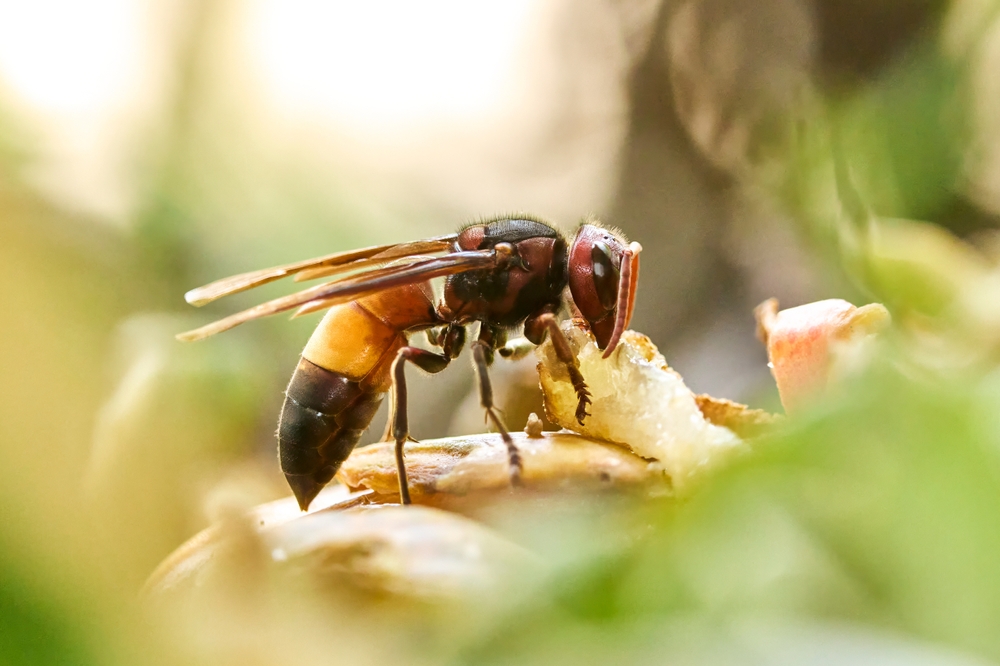
Dubbed the “murder hornet,” the Asian giant hornet can deliver a sting that’s both excruciating and deadly. Its venom contains a cocktail of compounds that can cause tissue damage, intense pain, and in some cases, fatal allergic reactions. These hornets are territorial and best avoided.
12. Velvet Ants: Painful Misnomers
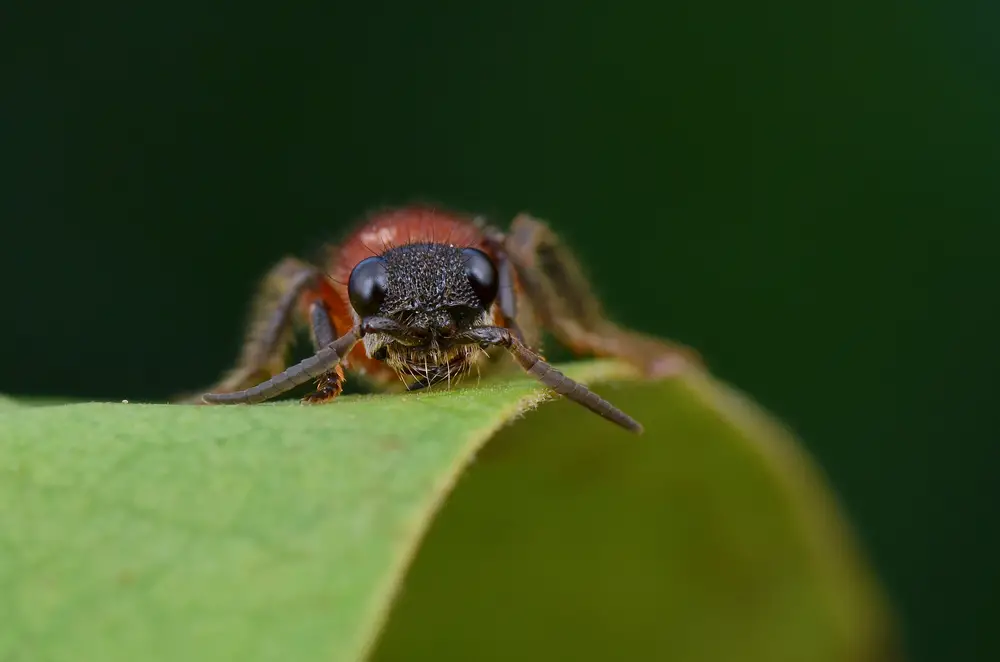
Known as “cow killers,” velvet ants are actually wingless wasps with a sting that can cause severe pain. Found in the Americas, their vivid coloration is a warning to predators—and humans—to stay away. While their sting isn’t typically deadly, it’s one of the most painful you can experience.
13. Fire Coral: The Ocean’s Hidden Agitator
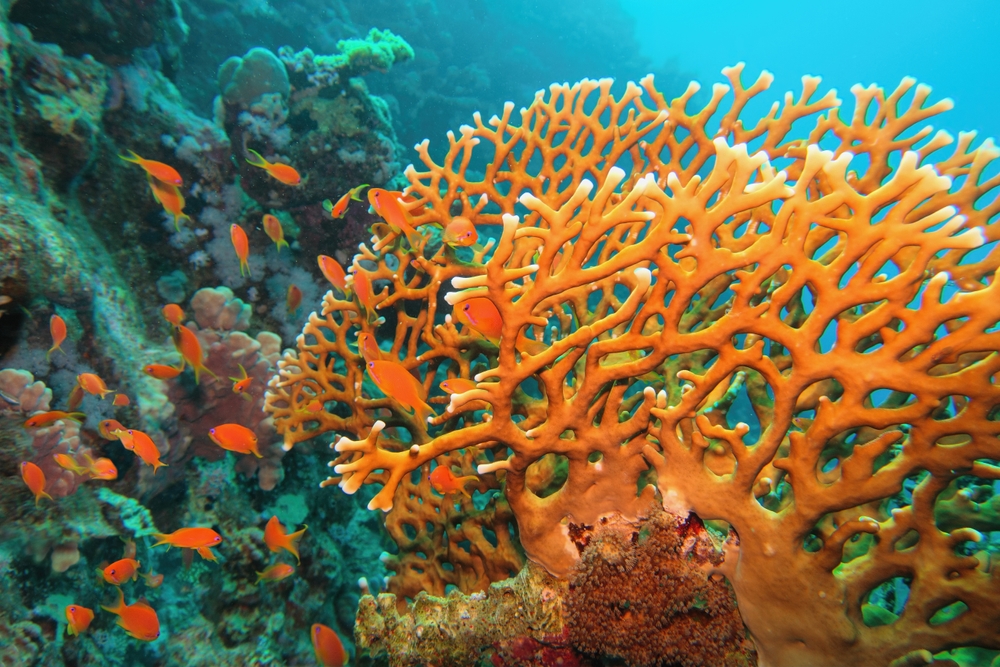
Fire coral isn’t coral at all—it’s a hydrozoan with venomous cells that cause intense burning sensations when touched. Found in tropical and subtropical waters, its sting can lead to pain, rashes, and lingering irritation. Divers beware: its beauty is just a cover for its fiery defense.
14. Puss Caterpillar: The Deceptive Fluffball
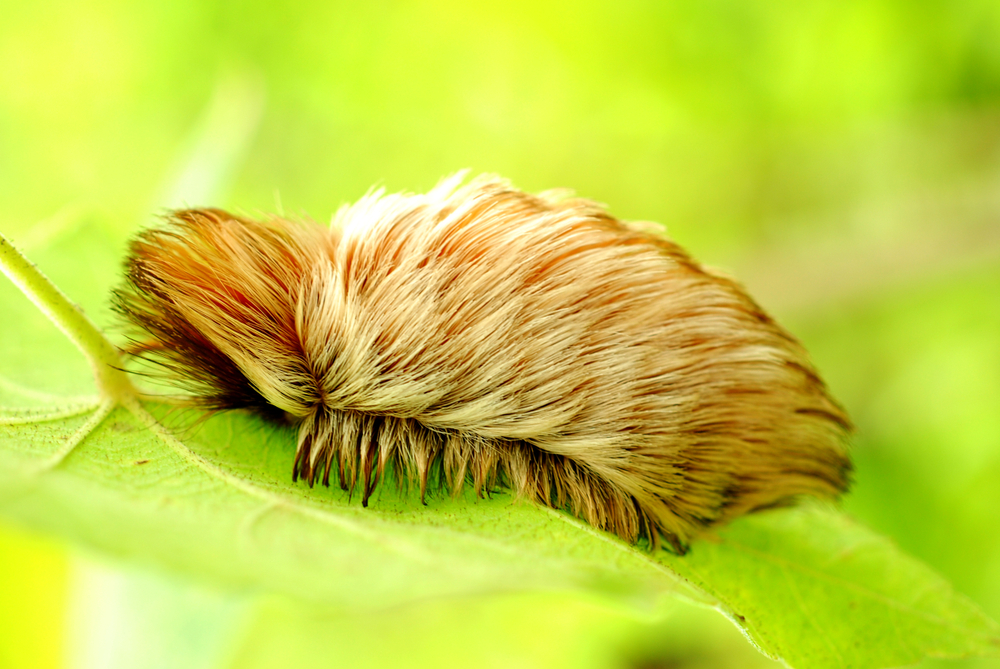
This fluffy-looking caterpillar hides venomous spines beneath its soft exterior. Found in the Americas, its sting causes severe burning pain, swelling, and even nausea. It might look pettable, but this “toxic teddy bear” is one caterpillar you’ll want to avoid.
These creatures prove that nature’s beauty often comes with a sting—literally. If you ever encounter one of these animals, your best bet is to admire from a safe distance and let them go about their dangerous business.
